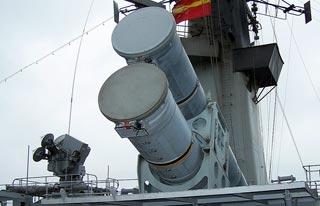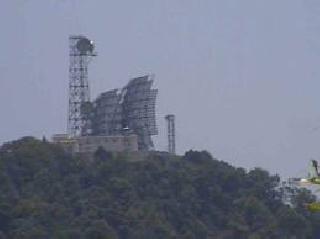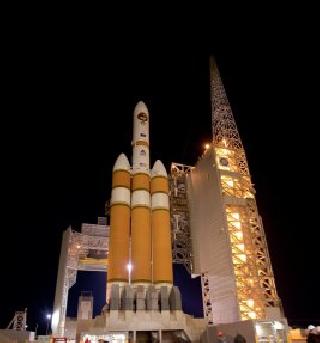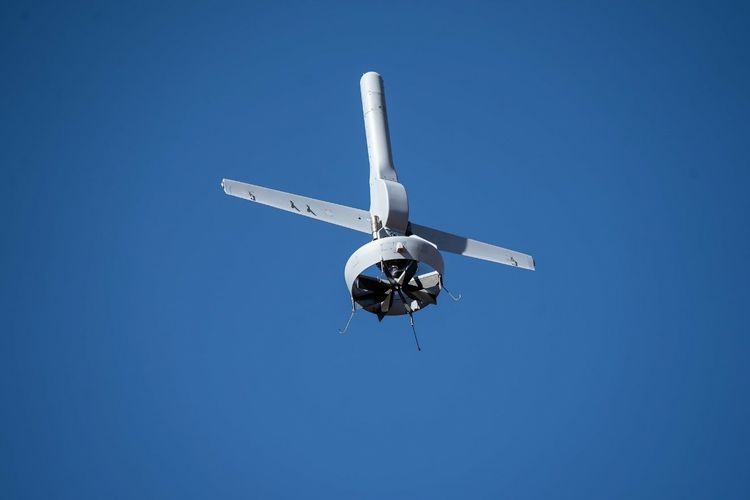
A file photo.
DALLAS, TEXAS (BNS): Lockheed Martin has received two contracts totaling $218 million for the Demonstration Phase of the Defense Advanced Research Project Agency’s (DARPA) Long Range Anti-Ship Missile (LRASM) programme.
The programme encompasses the rapid development and demonstration of two distinct variants of the LRASM missile: LRASM-A is a stealthy air-launched variation and LRASM-B is a high-speed ship-launched missile.
"Both of our LRASM solutions will deliver extraordinary range, willful penetration of ship self defence systems and precise lethality in denied combat environments," Rick Edwards, vice president of Tactical Missiles and Combat Maneuver Systems at Lockheed Martin Missiles and Fire Control, was quoted as saying in the company news release.
Lockheed Martin’s LRASM-A team received a $60.3 million cost plus fixed fee contract to execute two air-launched demonstrations, leveraging its Joint Air-to-Surface Standoff Missile – Extended Range (JASSM-ER) experience and demonstrating US Navy and US Air Force tactical aircraft employment.
Lockheed Martin’s LRASM-B team received a $157.7 million cost plus fixed-fee contract to complete four Vertical Launch System (VLS) demonstrations, proving applicability to US Navy surface combatants. Both LRASM-A and LRASM-B designs plan to support air-launch and VLS-launch configurations.
The joint DARPA and US Navy LRASM programme was initiated in 2009 to deliver a new generation of highly capable anti-ship weapons. Current anti-ship weapons possess limited range and lethality. As at-sea warfare advances, a new generation of standoff anti-ship weapons systems are needed.
During Phase 1 of the programme, preliminary designs of the LRASM-A and LRASM-B variants were successfully completed by Lockheed Martin Missiles and Fire Control.
LRASM-A leverages the state-of-the-art JASSM-ER airframe, and adds additional sensors and subsystems to achieve a stealthy and survivable subsonic cruise missile.
LRASM-B leverages prior ramjet development activities and a suite of supporting sensors and avionics to achieve a supersonic cruise missile with balanced speed and stealth for robust performance.
Phase 2 of the programme will continue the development of both missiles and culminate in flight demonstrations of tactically relevant prototypes of both missiles, including a common sensor system from BAE Systems.
 Previous Article
Previous Article Next Article
Next Article












The Indian Air Force, in its flight trials evaluation report submitted before the Defence Ministry l..
view articleAn insight into the Medium Multi-Role Combat Aircraft competition...
view articleSky enthusiasts can now spot the International Space Station (ISS) commanded by Indian-American astr..
view article